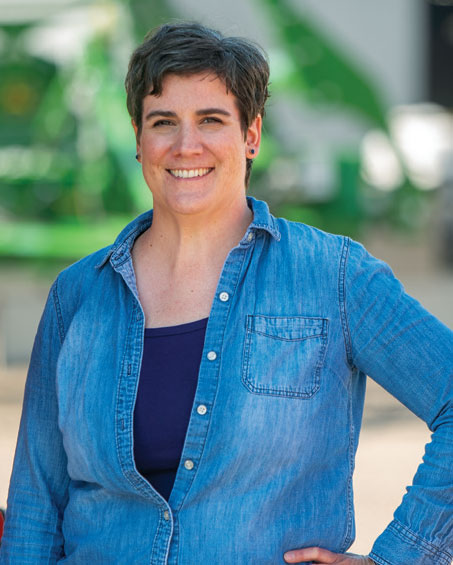How do you make your decisions? Do you tend to go with your gut or gather every iota of information before you can make what you think is a well-informed decision. There’s something to be said for both methods, but more information and time doesn’t always lead to a better decision — or the right decision.
In his book Blink, Malcolm Gladwell writes about how the difference between good and bad decision making has less to do with the amount of information we have and more to do with how well we can focus on a few, particular details. The topic of making quick decisions and Gladwell’s book came up in a recent leadership team meeting at Lessiter Media. There’s a fine line between getting input from all the stakeholders and sending something to a committee to die.
Our business, just like yours, requires us to be nimble and to be proactive – and also reactive — to be impactful in a dynamic market. More often than not, my initial gut instinct is pretty close to the decision I would’ve made after gathering more research, talking to more people and weighing more options. Where a lot of us get twisted up over listening to our gut or making snap decisions is that we don’t always know why we feel the way we do.
Gladwell writes, “If we are to learn to improve the quality of the decisions we make, we need to accept the mysterious nature of our snap judgments. We need to respect the fact that it is possible to know without knowing why we know and accept that — sometimes — we’re better off that way.”
Some of this, of course, comes with experience. The decision you make in a “blink” early in your career could well be the wrong decision. But, we tend to learn from our mistakes and make a better decision next time. Something we regularly tell our staff is that it's OK to make mistakes or make the wrong decisions — as long as we’re learning from it and doing better the next time around. And if a poor decision was made, to make another decision swiftly.
Faster Decisions, Better Outcomes. Gladwell shares the story of Brendan Reilly, who joined Chicago’s Cook County Hospital (of ER fame) as chairman of its Department of Medicine. Reilly was faced with endless problems at the hospital, but chief among them was the Emergency Department, the first stop for patients who have no health insurance. And among all the challenges within the department was how to deal with heart attacks.
Reilly ultimately conducted a test, for a few months in which the medical staff would use their own judgment in evaluating chest pain as they’d always done. Then, they’d use a decision tree based on research done by cardiologist Lee Goldman in the 1970s that looked at ECG results and 3 urgent risk factors.
Reilly collected data for 2 months and the results were staggering. Goldman’s rule performed 70% better than the traditional way medical staff evaluated heart attack patients. Goldman’s rule narrowed down the information to consider to help make faster — and better — decisions.
While the decisions we make in business aren’t life or death like what Reilly and his staff were dealing with, there are still serious implications. If we take too long to make a decision, we could miss the sale or trade, lose a great candidate to another employer, or end up paying someone too long for a position they weren’t right for and couldn’t step up into.
Gladwell isn’t advocating for making rash decisions, but his point is that long deliberation isn’t always needed. Trust your gut, and make the decision. And as we say around here, make another decision if the first one proved wrong.
P.S. — I hope to see you in Madison Aug. 6-7 for the Dealership Minds Summit … and bring your emerging leaders as we dive into Planning & Executing Transitional Management, and the chance to discover how your peers handle their key decisions. Register here today and save!.



![[Technology Corner] Discussing AI’s Potential Impact on Service & Support](https://www.precisionfarmingdealer.com/ext/resources/2025/04/11/Discussing-AIs-Potential-Impact-on-Service--Support.png?height=290&t=1744385717&width=400)


